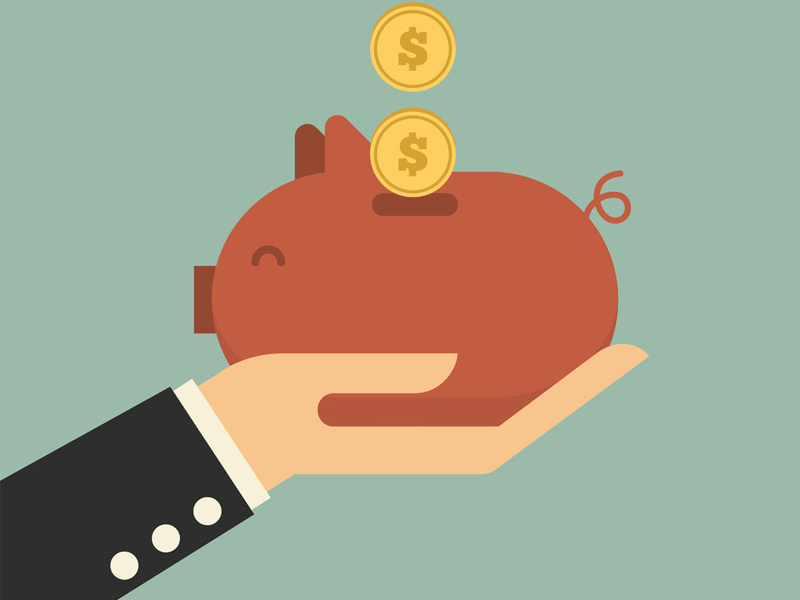
Canadian household wealth continued to surge in the third quarter, rising another $290 billion, according to Statistics Canada.
Wages, disposable income and household consumption all rose in the third quarter. With the rise in consumption outpacing the growth in income, the household saving rate fell from 14.0% in Q2 to 11.0% in Q3 — still far above pre-pandemic levels.
Employee compensation was up by 2.9% in the third quarter, which StatsCan said was the main driver behind higher disposable income, as government support programs were curtailed.
Household spending jumped 5.4% “buoyed by additional easing of pandemic restrictions” and inflation, which outpaced the rise in disposable income.
“As a result, the household savings rate declined, yet still remained in the double-digits for the sixth consecutive quarter,” StatsCan noted.
Demand for mortgages remained strong, and households continued to invest in mutual funds. But deposit growth slowed in Q3, the agency reported.
“Over the last four quarters, net purchases of mutual fund shares have totalled $105.5 billion, more than three times the amount over the same period one year prior,” StatsCan said. “Higher than usual mutual fund purchases have marked a clear shift in behaviour by Canadian households, as they seek out investment vehicles other than cash in which to store some of the excess savings they have accumulated over the course of the pandemic.”
Yet, while the value of household financial assets rose by 1.1% in the third quarter, rising real estate values were the main driver of the increase in household net worth — which jumped $292.2 billion to $15.1 trillion in the third quarter.
The rise in household wealth pushed the total gain versus pre-pandemic levels to $2.8 trillion, RBC Economics reported.
“Those gains have not been evenly distributed with increases to-date concentrated among higher-income households. Surging home prices boosted equity in real estate which accounted for more than half of the total increase, but savings in the form of cash and deposits are also up $268 billion from pre-pandemic levels,” RBC said.
Meanwhile, households added $51.6 billion worth of debt in the third quarter, which is the second-highest quarterly total on record, after Q2’s record $62.0 billion.
“Mortgages were the primary contributor to the heightened borrowing, with demand of $45.9 billion,” StatsCan noted. “Demand for non-mortgage loans more than doubled to $5.7 billion, as economic growth resumed in the third quarter.”
Amid the rise in borrowing, the household debt-to-income ratio rose from 176.7% in the second quarter to 177.2% in the third quarter.
RBC noted that, despite the latest increase, the debt-to-income ratio “is still well-below pre-pandemic levels because interest rates have been low and household incomes unusually high thanks to large government pandemic support programs.”
StatsCan also reported that the debt service ratio declined in Q3, but RBC said that will begin to rise as central banks begin raising interest rates.
Indeed, with incomes rising, “households have ample purchasing power,” RBC said. “Notwithstanding risks from new virus variants, their ability to spend is expected to underpin demand and inflation growth and keep central banks on track to start hiking interest rates next year.”
RBC forecast that the Bank of Canada will start raising rates in April.
Overall, the data release confirmed that “household finances remained in good shape ahead of the holiday season,” TD Economics said in a report. “Wealth and income continued to rise, while the relative cost of servicing debt declined for the third consecutive quarter.”
“Next year, however, households could face a trifecta of headwinds: elevated inflation, dwindling savings cushion, and higher interest rates,” TD cautioned.
However, the current “mix of debt is slightly less interest-rate sensitive than pre-pandemic, with more in the form of fixed-rate mortgages that don’t reset right away as market interest rates move,” RBC noted. “But high household debt levels, and sensitivity to interest rate increases, were a key vulnerability for the Canadian economy pre-pandemic and will be after it as well.”